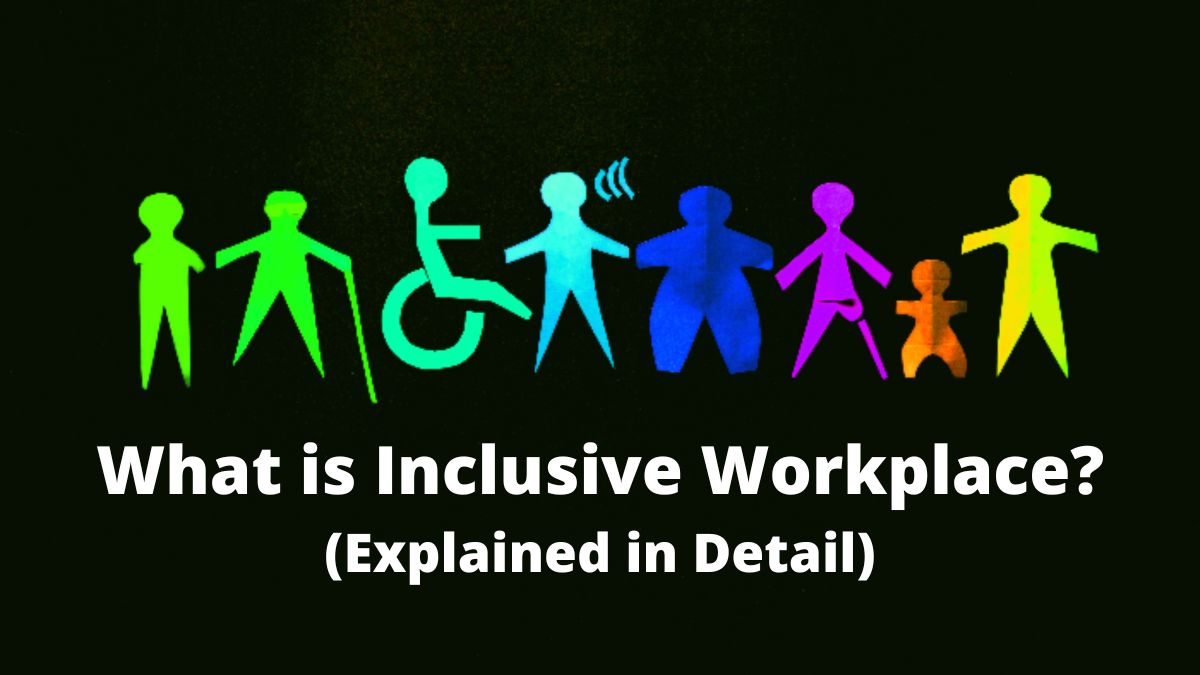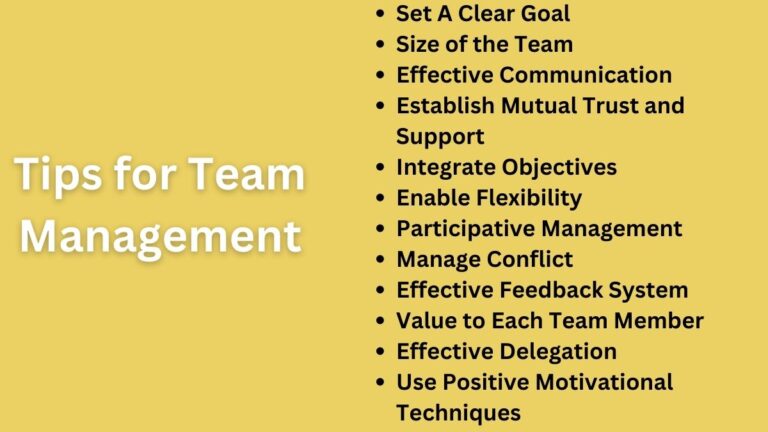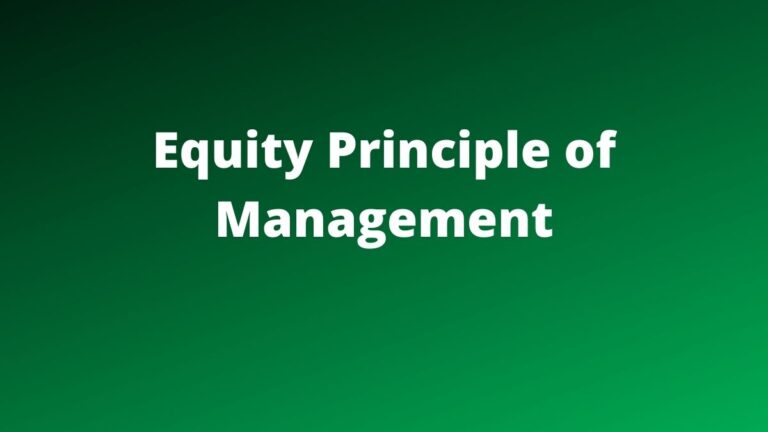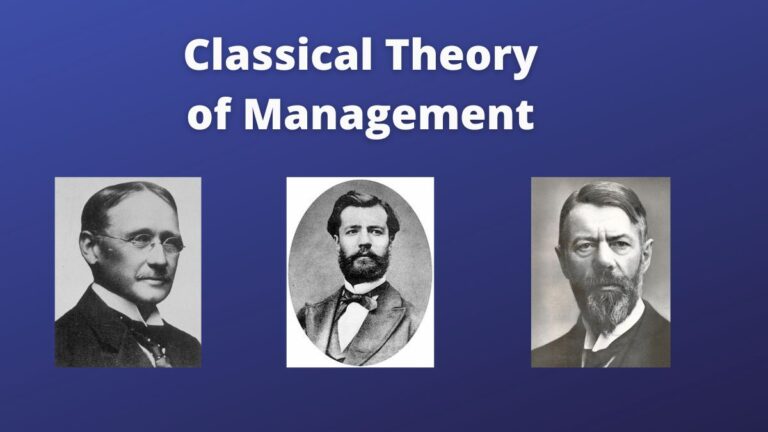What is an Inclusive Workplace? Definition, Benefits, Challenges, & Ways To Build It
Studies have shown that an inclusive workplace increases employees’ commitment to the company by 43% and increases their likelihood of recommending it to others as a wonderful place to work by 51%.
Here we will discuss inclusion in the workplace, its benefits, possible challenges, and ways to build inclusivity.
What is an Inclusive Workplace?
An inclusive workplace is a place that welcomes, values, respects, and appreciates the differences and dissimilarities of employees. It is a place that increases the belongingness of a diverse workforce and provides equal opportunities to succeed.
Inclusion in workplace creates an environment where all backgrounds of employees are happily welcomed having different cultures, abilities, disabilities, skills, education, religion, status, etc. It does not judge them because just they are different. Their differences are equally considered and their every contribution to the organization is appreciated.
Diversity and inclusion (D&I) are commonly interchangeable words. Diversity means a representation of groups of people with uniqueness. And, inclusion means how well their uniqueness, presence, and contribution are valued and combined in the workplace.
Thus, an inclusive workplace makes feels everyone feel valued, considered, and appreciated regardless of their backgrounds and what they do for the organization. This workplace culture promotes belongingness, teamwork, and gratefulness, and helps to attract not only top talents but also increases their retention.
Benefits of an Inclusive Workplace
It is a fact that today most organizations are continuously involved in building the most inclusive work culture to attract and retain diverse talent.
Inclusion in the organization has been an effective way to motivate and extract the best of the best contribution of employees. Following are some common benefits an inclusive work environment can provide you.
Related: What is Diversity Management?
Employee Engagement
An inclusive workplace means a positive working environment. It strongly yet positively values what the employees have performed in the organization. Positivity in the workplace has been a strong factor in employee motivation.
Employees feel motivated and engaged when they and their concerns are valued, respected, and included. Further, the study showed that such a workplace literally increases the engagement of employees by 28%.
Employee Retention
Satisfaction of employees is a strong factor that does not let them leave the organization. The retention level of employees greatly depends upon the work environment, how they are treated, payment, and career development options.
Inclusivity in the workplace culture is the means to increase retention. In addition, inclusion in the workplace causes employees to stay 5.4 times longer in the same organization than the organizations that do not have inclusivity.
Greater Innovation
A diverse workforce has employees who vary in knowledge, skills, perspectives, and ideas. They can have various creative ideas, perspectives, and solutions for the company.
These creative perspectives are great ways to innovate the functioning of the organization. Such innovation and creativity can result in greater productivity for the company.
Higher Customer Satisfaction
Inclusion coordinates together the diverse workforce who have connections to various customers, markets, areas, and locations who are well familiar with such market practices and customers’ purchasing and consumption behavior.
It certainly helps the management to better understand the market need and what new products the market is seeking. And, by building the relevant plans and products companies can better serve such customers and reach their satisfaction.
Growth in Profit
Inclusivity also increases the profits of the firm. It is a tool to combine diverse talents and lead them to achieve common goals. The diverse teams have more talents and market coverage which results in more market coverage, an increase in sales, customer satisfaction, and finally increased profit for the company.
Good Public Image
People like and appreciate the organization that follows inclusivity in the workplace culture. As everyone is valued and treated fairly employees do share positive stories about the organization building a strong image of the organization in society.
How To Build An Inclusive Workplace?
Building an inclusive workplace culture is an essential task of the manager because a single type of employee can not perform better at this competitive age.
Related: Importance of Diversity in the Workplace
Combining diverse talents and giving them clear goals to achieve is essential for efficiency and productivity. Here are some of the ways to help you to build an inclusive workplace.
Start with Equity, Not Equality
Building inclusion in the workplace means equally treating employees. But inclusion more focuses on equity rather than equality.
For example, equality refers to giving the same remuneration to all employees whereas equity refers to giving the remuneration to the employees based on jobs they did. Which sounds better equality or equity? Definitely the equity.
Inclusion ensures equal treatment and value to employees’ presence, perspective, and contribution but they get paid for what they performed.
Hire Diverse Talents
Building an effective inclusive work environment also depends upon having diverse talents and managing them. Your hiring team should hire diverse yet quality talents who give better value to your company.
You should have a policy regarding workforce diversity which can certainly influence various talents to come to your organization. And, hiring and managing them is a great way to ensure inclusivity in the work culture.
Encourage Diverse Teams
You should encourage diverse employees to work together as a happy team. Building a better teamwork environment will certainly promote mutual understanding, cooperation, and the togetherness of employees. Building effective teams of a diverse workforce is influential to organizational performance.
Related: Esprit De Corps
Manage Conflicts
When employees have diversity in their backgrounds, understanding, knowledge, and attitudes there certainly will be various conflicts in the workplace. Peace and harmony are important aspects of an inclusive environment.
Prioritize Employee’s Personal Goals
When employees feel that they are not enabled to accomplish their personal goals while performing organizational activities they eventually create role avoidance and conflicts arise in the workplace.
A good inclusive workplace ensures a positive connection between employees’ personal goals and organizational goals.
Enable Reporting of Non-Inclusive Behavior
Since there are employees with various backgrounds there is the possibility of happening of non-inclusive behaviors like sexual harassment, discrimination, bullying, etc. Your organization should have a reporting system for such unethical behaviors to ensure proper inclusion in the organization.
Challenges in Creating An Inclusive Workplace
So far we discussed inclusive workplace culture, its various benefits, and ways to create it you probably have an idea of how important it is. But as important as it is, it is also challenging to create an effective inclusive workplace.
Also Read: Pros and Cons of Diversity in the Workplace
Following are some challenges you may face in promoting inclusivity in your workplace culture.
Communication Problem
Communication problem is common when you have a diverse workforce. As they differ in language, education, and understanding level there certainly arises miscommunication between them. One does not understand the language or message of another and another person does neither of him.
Lack of Trust
As they have different backgrounds and are far from each other they usually do not trust each other because they are strangers to each other. Introducing them to each other, and building togetherness, and trust is a challenging task for managers.
There May be Discrimination
When there are employees with various backgrounds there is always the possibility of discrimination. The stronger ones might discriminate against the lower employees because of their position, authority, caste, religion, and culture.
In addition, due to the workforce diversity, the manager may also face challenges like conflicts among employees, biases, favoritism, rumors of another organization, harassment, etc.
In Conclusion…
Hence, inclusivity in the workplace is not just an important concept rather it is the inevitable part to get success in this competitive business environment. An inclusive workplace is a way to understand diverse people, involve them, develop them, empower them, and extract their best effort to produce better organizational outcomes.
Read Next: What is Directing?
Sajan Kushmi is a content writer with more than 4 years of experience. He holds BIM Degree. He write on the topics related to Management, Marketing, and Entrepreneurship.






